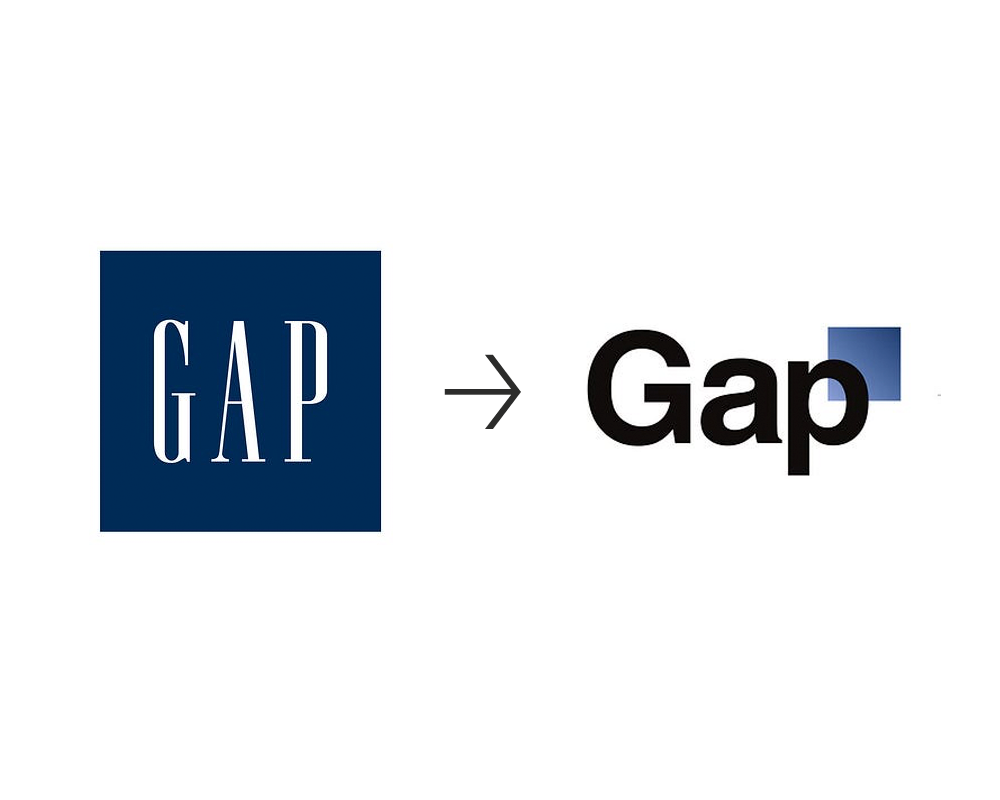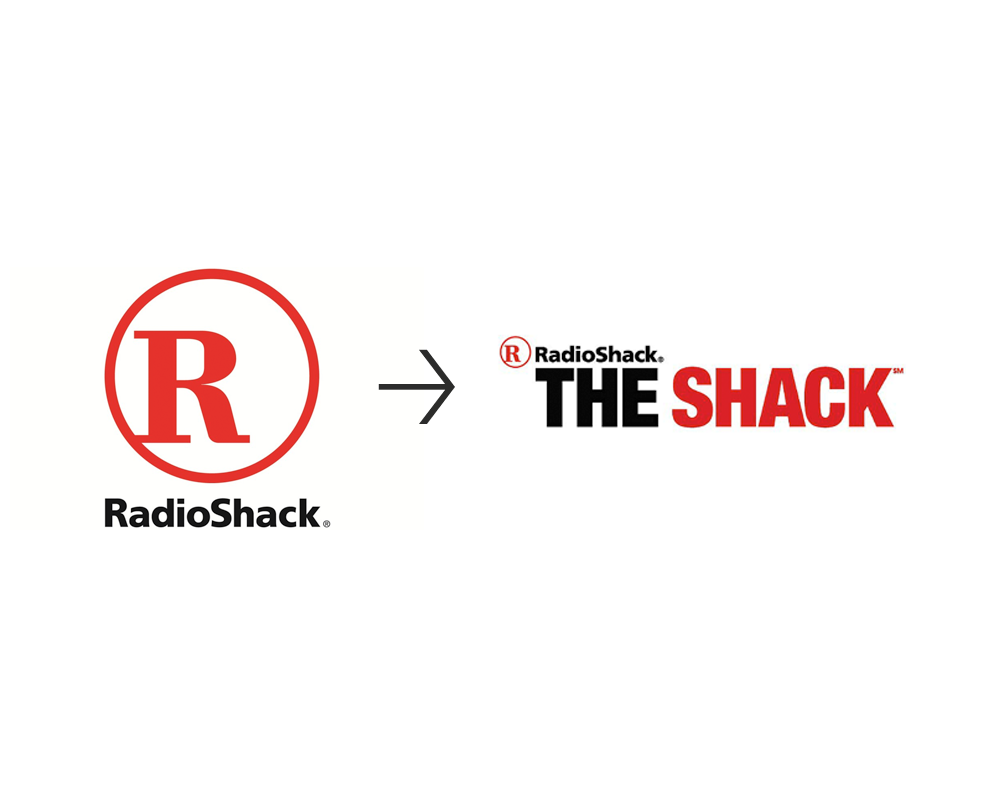Rebranding Mistakes to Avoid: Lessons from Failed Rebrands
Brands are the key drivers of customer loyalty and business success. From time to time, brands undergo rebranding to update their image and stay relevant in a rapidly changing market. However, not all rebrands turn out as expected. In this article, we explore the common mistakes companies make during the rebranding process through a series of case studies. We also share tips on how to avoid these pitfalls and achieve a successful brand transformation.
Understanding the Importance of Rebranding
Rebranding is a multi-step process that involves changing a brand's identity to meet the evolving needs of its customers and/or business objectives. It is a strategic decision that can help to revitalize a brand that has lost its relevance in the market, differentiate it from competitors, or reflect changes in its core values or products. However, rebranding is a complex undertaking that requires careful planning, execution, and communication.
One of the primary reasons why companies choose to rebrand is to update an outdated brand image. In today's fast-paced world, it is essential for brands to stay relevant and adapt to changing consumer trends. A rebrand can help to modernize a brand's image and appeal to a new generation of consumers.
Another reason why companies rebrand is to merge with or acquire another brand. In such cases, a rebrand can help to create a new brand identity that reflects the values and strengths of both companies. This can also help to eliminate confusion among customers and stakeholders.
Expanding into new markets or product lines is another reason why companies choose to rebrand. A rebrand can help to communicate the company's new focus and create a new identity that resonates with the target audience.
Finally, reflecting changes in company culture or values is another reason why companies choose to rebrand. A rebrand can help to create a new identity that reflects the company's core values and mission statement. This can also help to build trust and loyalty among customers and stakeholders.
What is Rebranding?
Rebranding involves changing a brand's name, logo, visual identity, messaging, or all of these elements. It is also possible to undergo a partial rebrand, which involves changing only a few aspects of a brand's identity, such as its packaging or website design. Rebranding should reflect the brand's new vision and mission as well as resonate with the target audience.
A successful rebrand requires a deep understanding of the target audience, including their needs, preferences, and aspirations. It also requires a clear understanding of the brand's strengths and weaknesses, as well as its market position and competition.
Why Companies Choose to Rebrand
Companies rebrand for different reasons, including:
Updating an outdated brand image
Merging with or acquiring another brand
Expanding into new markets or product lines
Reflecting changes in company culture or values
Regardless of the reason for rebranding, it is important to approach the process with a clear strategy and a well-defined plan. This includes conducting market research, developing a new brand identity, and creating a comprehensive communication plan to inform customers and stakeholders about the changes.
The Goals of a Successful Rebrand
A successful rebrand should achieve the following objectives:
Help the brand stand out in the market
Communicate the brand's value proposition effectively
Connect emotionally with the target audience
Reflect the brand's authenticity and core values
By achieving these goals, a successful rebrand can help to create a strong and memorable brand identity that resonates with customers and stakeholders. This can lead to increased brand awareness, customer loyalty, and ultimately, business growth.
Common Rebranding Mistakes and How to Avoid Them
Rebranding is a risky endeavor that can backfire if not carefully planned and executed. Here are some of the most common rebranding mistakes and how to avoid them:
Losing Your Brand Identity
A brand's identity is more than just its name or logo. It encompasses all the elements that make the brand unique and recognizable, such as its voice, personality, and values. A common mistake during rebranding is to ignore or lose sight of these elements, resulting in a diluted or unrecognizable brand. To avoid this mistake, companies should conduct a thorough brand audit to understand the key drivers of their brand's identity and ensure that the new brand identity reflects them.
For example, if a company's brand identity is built around sustainability and environmentalism, it would be a mistake to rebrand without considering these values. The new brand identity should reflect and reinforce these values to maintain the brand's authenticity and appeal to its target audience.
Ignoring Your Target Audience
A brand's success hinges on the loyalty of its customers. Therefore, any changes to its identity should take into account the preferences and expectations of the target audience. A common mistake during rebranding is to focus too much on the internal goals of the company and neglect the needs of the customers. To avoid this mistake, companies should conduct customer research to understand their likes, dislikes, and pain points. This research should inform the new brand identity and messaging.
For instance, if a company's target audience is primarily millennials, it would be a mistake to rebrand without considering their preferences and expectations. The new brand identity should reflect and appeal to this demographic to maintain their loyalty and attract new customers.
Failing to Communicate the Rebrand Internally
Rebranding is not just about changing the brand's external identity. It requires a cultural shift within the company to reflect the new values and mission. A common mistake during rebranding is to fail to communicate the reasons for the rebrand internally, resulting in confusion and resistance among employees. To avoid this mistake, companies should involve their employees in the rebranding process and ensure that they understand and support the new vision for the brand.
For example, if a company is rebranding to focus more on innovation and technology, it would be a mistake to neglect to communicate this to employees. They should be given the opportunity to provide feedback and understand how their roles may change to align with the new vision for the brand.
Overcomplicating the Rebranding Process
Rebranding is a complex process that involves many stakeholders and moving parts. A common mistake during rebranding is to overcomplicate the process, resulting in delays, confusion, and cost overruns. To avoid this mistake, companies should establish clear goals, timelines, and budgets for the rebranding process. They should also assign clear roles and responsibilities to each stakeholder and ensure that everyone is on the same page.
For instance, if a company is rebranding to expand into new markets, it would be a mistake to neglect to establish clear goals and timelines for the rebranding process. This could result in delays and missed opportunities to capitalize on new market opportunities.
Neglecting to Test the New Brand
A rebrand can be a significant investment for any company. Neglecting to test the new brand identity and messaging can result in costly mistakes that can undermine the success of the rebrand. To avoid this mistake, companies should conduct market research to test the new brand's effectiveness in the market. This research can help to identify any issues or inconsistencies that need to be addressed before the rebrand is launched.
For example, if a company is rebranding to appeal to a new demographic, it would be a mistake to neglect to test the new brand's effectiveness with this demographic. Market research can help to identify any issues or inconsistencies that need to be addressed before the rebrand is launched, ensuring its success in the market.
Case Studies of Failed Rebrands
Rebranding is a crucial aspect of any business strategy. It can help a company stay relevant and competitive in a constantly evolving market. However, rebranding can also be a risky endeavor, as demonstrated by some of the biggest branding disasters in recent history. In this article, we will examine some of the most notable rebranding failures and the lessons we can learn from them.
Gap's Logo Disaster
In 2010, Gap, the clothing retailer, attempted to refresh its brand by introducing a new logo. The new design featured a lowercase font and a small blue square, replacing the iconic blue box design that the company had been using for more than 20 years. However, the new logo was met with widespread criticism and ridicule from customers and designers alike. The backlash was so severe that Gap reverted to the old logo after just one week.
The key takeaway from Gap's rebranding disaster is the importance of listening to the customer and staying true to the brand's identity. Gap's attempt to modernize its logo was a departure from the brand's heritage and failed to resonate with its loyal customer base. Brands should avoid making drastic changes to their branding without first consulting their customers and ensuring that the changes align with their brand values.
Tropicana's Packaging Fiasco
In 2009, Tropicana, the orange juice brand, attempted to modernize its packaging by introducing a more minimalist design. The new design eliminated the iconic orange with a straw image that had been a staple of the brand for years. However, the new packaging was met with confusion and disappointment from customers who missed the old design. Sales plummeted, and Tropicana had to revert to the old packaging design within two months.
The key lesson from Tropicana's failed rebrand is the importance of maintaining consistency and recognizability in brand identity. Tropicana's new packaging design was a significant departure from its recognizable and iconic design, causing confusion among customers. Brands should strive to maintain consistency in their branding, especially when making changes that could impact customer loyalty and recognition.
Gatorade Name Change
In 2010, PepsiCo, the parent company of Gatorade, attempted to rebrand the sports drink by dropping the "Gatorade" name and calling it simply "G." The new branding was intended to reflect the company's push into other areas of health and wellness.
However, the move was met with confusion and skepticism from customers who were unsure what "G" stood for. Leading to an 11% slide in sales in 2009. The rebrand's failure shows the importance of clarity and consistency in branding, especially when recognizable and iconic brands are involved.
The lesson from PepsiCo's failed rebrand is that brands should avoid making changes that could cause confusion among customers. While it's important to stay relevant and adapt to changing market trends, brands should strive to maintain clarity and consistency in their branding. Companies should ensure that any changes they make are aligned with their brand values and clearly communicate the message they want to convey to their customers.
RadioShack's Misguided Rebrand
In 2014, RadioShack, the electronics retailer, attempted a rebrand that involved dropping the "Radio" from its name and calling itself simply "The Shack." The rebrand was intended to reflect the company's shift towards mobile devices and accessories. However, the new name was met with confusion and ridicule from customers who were unsure what exactly "The Shack" referred to. The rebrand ultimately failed, and RadioShack filed for bankruptcy in 2015.
The lesson from RadioShack's rebranding failure is the importance of maintaining the brand's familiarity and heritage, especially in crowded and competitive industries. Brands should avoid making changes that could alienate their loyal customer base and erode the trust they have built over the years. Companies should strive to maintain their brand heritage while adapting to changing market trends and customer needs.
Conclusion
Rebranding can be a risky but necessary undertaking for any company seeking to stay relevant in a rapidly changing market. To avoid the common pitfalls of rebranding, companies should listen to their customers, maintain consistency and recognizability in their brand identity, involve their employees in the rebranding process, and test the new brand's effectiveness in the market. By doing so, they can achieve a successful brand transformation and inspire customer loyalty and business success.








